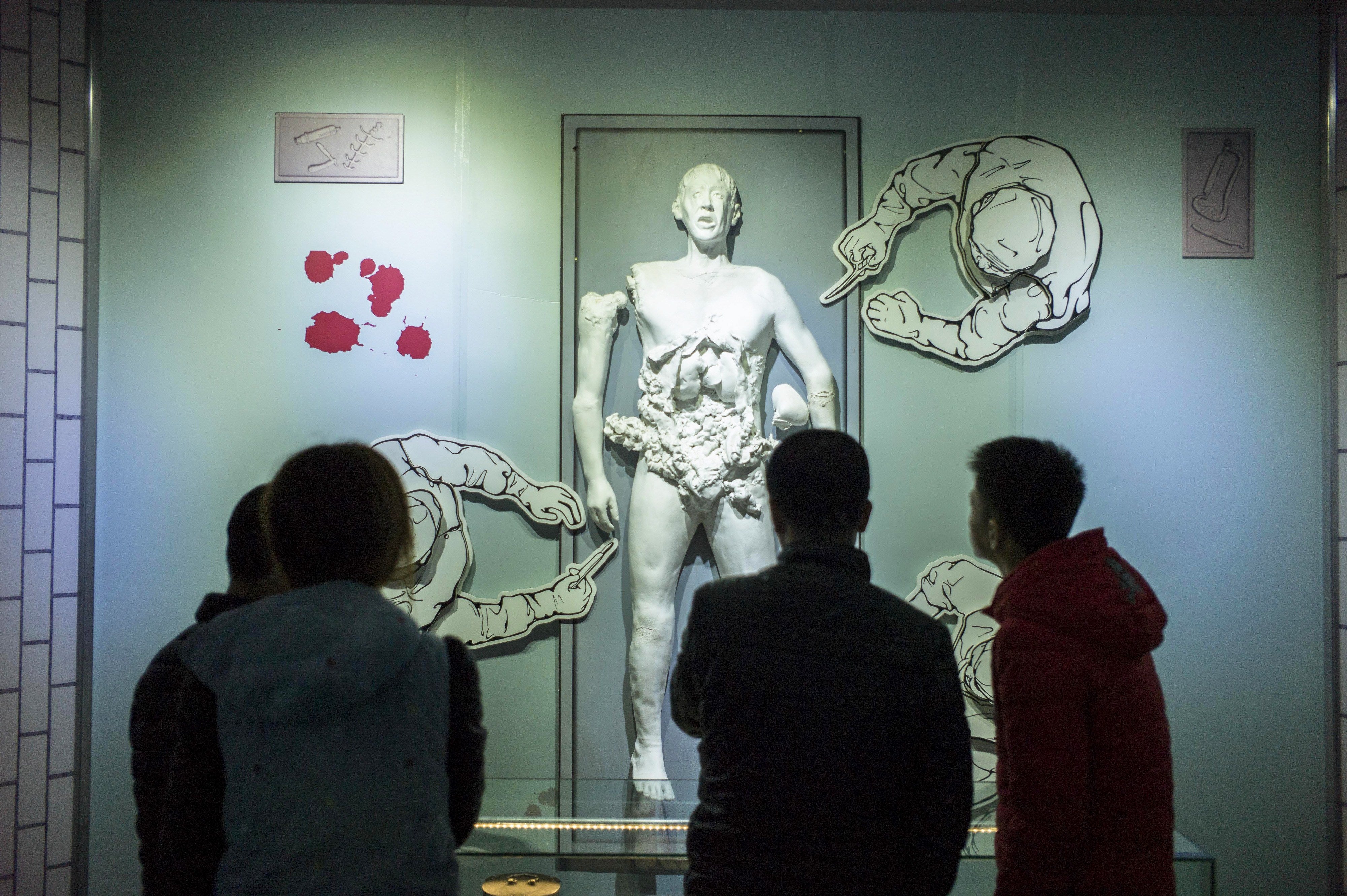Chinese archaeologists find WWII bio-weapons lab run by Japanese scientists: ‘Horror bunker’
Findings highlight legacy of gruesome war crimes committed by Japanese military scientists during Second World War

Your support helps us to tell the story
From reproductive rights to climate change to Big Tech, The Independent is on the ground when the story is developing. Whether it's investigating the financials of Elon Musk's pro-Trump PAC or producing our latest documentary, 'The A Word', which shines a light on the American women fighting for reproductive rights, we know how important it is to parse out the facts from the messaging.
At such a critical moment in US history, we need reporters on the ground. Your donation allows us to keep sending journalists to speak to both sides of the story.
The Independent is trusted by Americans across the entire political spectrum. And unlike many other quality news outlets, we choose not to lock Americans out of our reporting and analysis with paywalls. We believe quality journalism should be available to everyone, paid for by those who can afford it.
Your support makes all the difference.Archaeologists have uncovered an underground bunker in northeast China that was purportedly used during the Second World War by Japanese scientists to conduct horrific experiments on human subjects.
The site at Anda, China, is reported to have been used by the infamous Unit 731 of the Japanese Imperial Army, which conducted some of the most brutal germ warfare experiments between 1935 and 1945.
In these experiments, Japanese scientists dissected live prisoners to determine the effects of pathogens on the human body. The imperial army learnt from these experiments and began to spread typhoid, cholera and plague across China.
Some of these human experiments were conducted in underground bunkers in order to contain any potential spread of the pathogens, researchers said.
Following the war, key figures who were part of the gruesome programme, including several Japanese scientists, were given immunity from prosecution by the US occupation in exchange for the research findings.
For instance, Shiro Ishii, who ran Unit 731, escaped prosecution because he was given immunity by the US. He was allowed to continue undertaking medical research in Japan after the war, and died of natural causes in 1959, aged 67.
Several other Japanese military scientists also pursued lucrative careers in the medical field following the war.
In 2018, Japan disclosed the names of 3,607 members of Unit 731 in response to a request by Katsuo Nishiyama, a professor at Shiga University of Medical Science.
The latest research, whose results were published recently in the journal Northern Cultural Relics, could lead to new evidence about war crimes committed against the Chinese by Japanese military scientists.
Researchers including a cohort from the Heilongjiang Provincial Institute of Cultural Relics and Archaeology used several methods, including drilling and excavation, to uncover the underground facility, which consists of several tunnels and chambers.
They found a U-shaped structure at the site, about 33 metres long and more than 20 metres wide, that ran from east to west with a room on each side.
Scientists suspect that one circular room discovered at the site, measuring around three metres in diameter, may have been where human subjects were brought for observation after being exposed to pathogens or chemical agents.
The latest findings, according to researchers, highlight the legacy of Unit 731’s gruesome war crimes and their “impact on global efforts to prevent biological warfare”, the South China Morning Post reported.



Join our commenting forum
Join thought-provoking conversations, follow other Independent readers and see their replies
Comments